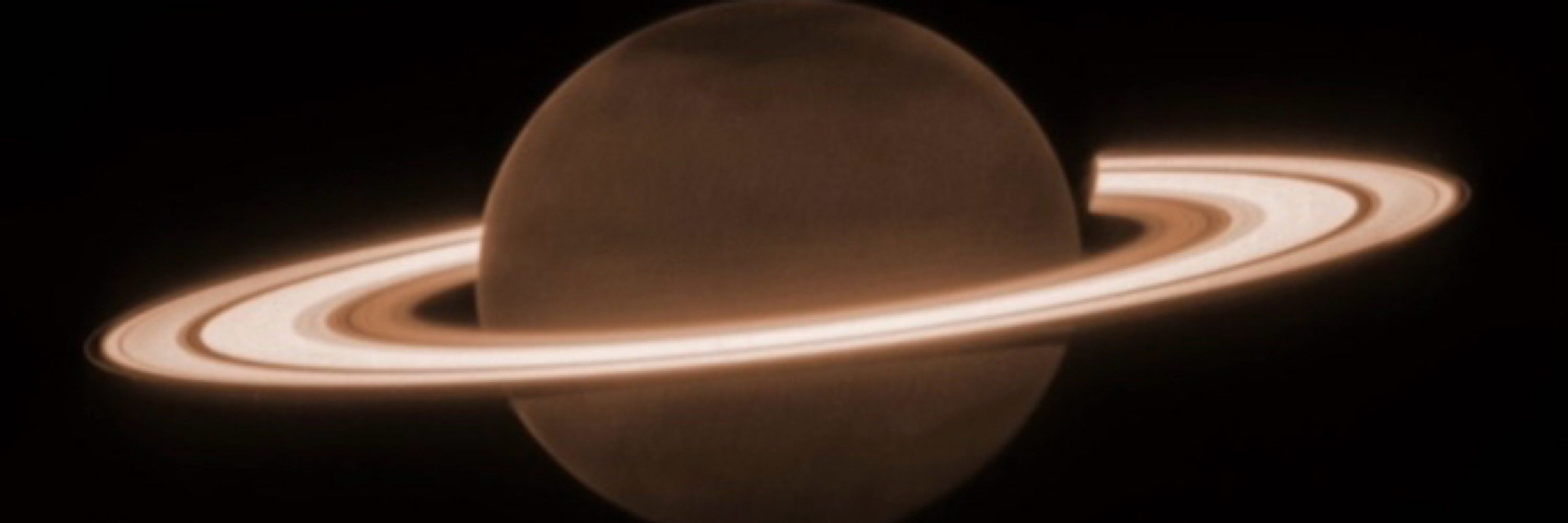
Science Communicator
<driven by curiosity | powered by science>
What an honor for it all to culminate the day I was hooded as a doctor—being chosen to speak at UCLA’s Physics & Astronomy graduation.
Here’s a clip from my speech that I think applies not just to scientists, but to everybody
What an honor for it all to culminate the day I was hooded as a doctor—being chosen to speak at UCLA’s Physics & Astronomy graduation.
Here’s a clip from my speech that I think applies not just to scientists, but to everybody


A couple things to keep in mind ⬇️

A couple things to keep in mind ⬇️



This important discovery by Johannes Kepler proved that the Sun and NOT the earth was not the center of the solar system

This important discovery by Johannes Kepler proved that the Sun and NOT the earth was not the center of the solar system


The figure shows the probability intensity distribution of these pseudomodes—basically, where the photon is most likely to be found under specific conditions

The figure shows the probability intensity distribution of these pseudomodes—basically, where the photon is most likely to be found under specific conditions

The figure shows the probability intensity distribution of these pseudomodes—basically, where the photon is most likely to be found under specific conditions

The figure shows the probability intensity distribution of these pseudomodes—basically, where the photon is most likely to be found under specific conditions
HAPPY THANKSGIVING!🦃
📸: NASA/ESA/CSA

HAPPY THANKSGIVING!🦃
📸: NASA/ESA/CSA
Most of the replies were some form of ‘yes, based on statistics’ BUT honestly I’m not so sure… let’s try and work it out a bit more quantitatively | 1/3

Most of the replies were some form of ‘yes, based on statistics’ BUT honestly I’m not so sure… let’s try and work it out a bit more quantitatively | 1/3

Our galaxy has ~100 billion stars which means there are likely 10s of billions of Earthlike planets in our galaxy alone orbiting their stars at distances where water ~could~ exist as a liquid on its surface

Our galaxy has ~100 billion stars which means there are likely 10s of billions of Earthlike planets in our galaxy alone orbiting their stars at distances where water ~could~ exist as a liquid on its surface

